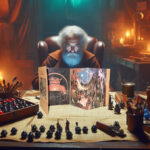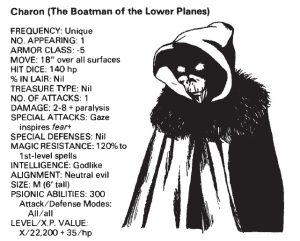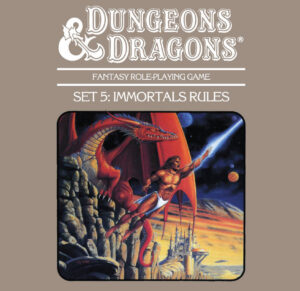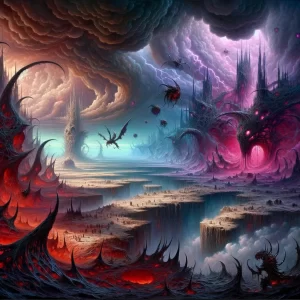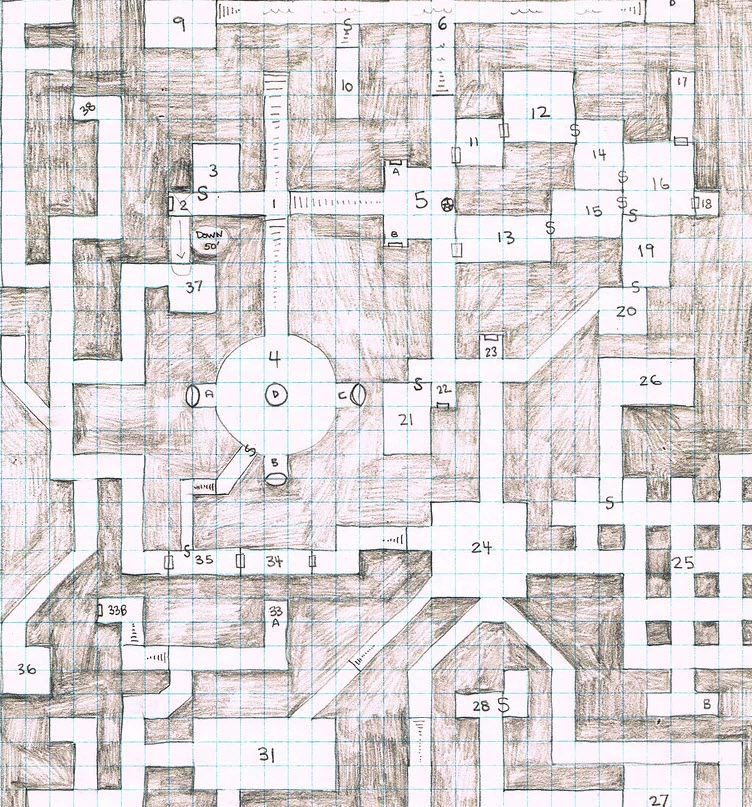
The Dungeon
The labyrinthine dungeons in fantasy settings are not just a maze of traps and monsters—they are storybooks etched in stone, where each corridor, each chamber, and even each ominous marking on the wall tells a story. Crafting such a detailed dungeon is no easy feat, but the reward for both the Dungeon Master and the players can be a truly memorable experience. This guide aims to unravel the layers of complexity that go into designing an unforgettable dungeon. Whether you are new to dungeon mastering or a seasoned veteran, this comprehensive essay will provide a roadmap to the labyrinth of your imagination.
A Dungeon’s Reason
Before you even sketch the first trap or pen down the stats of a monster, it is essential to understand why the dungeon exists in the first place. Just like everything else in a world brought to life by logical underpinnings, a dungeon should have its own backstory that justifies its existence. This could be as straightforward as the vault of a long-dead king, filled with treasures and traps to keep looters at bay.
It could also be complex like an underground society, representing a haven for outcasts from the world above. Each room and corridor must be a conscious decision by its original architects, rooted in the dungeon’s reason for existing. This purpose will guide everything from the dungeon’s layout to its final boss, creating an integrated and sensible environment.
Historical and Geographical Context
The age and origin of the dungeon significantly contribute to its atmosphere and condition. An ancient, crumbling dungeon would look and feel different from a newly built underground fortress. Knowing the age can help in determining factors like the condition of the perishable items, the presence of artifacts, and even the types of creatures that may have made the dungeon their home over the years.
Dungeon History Table
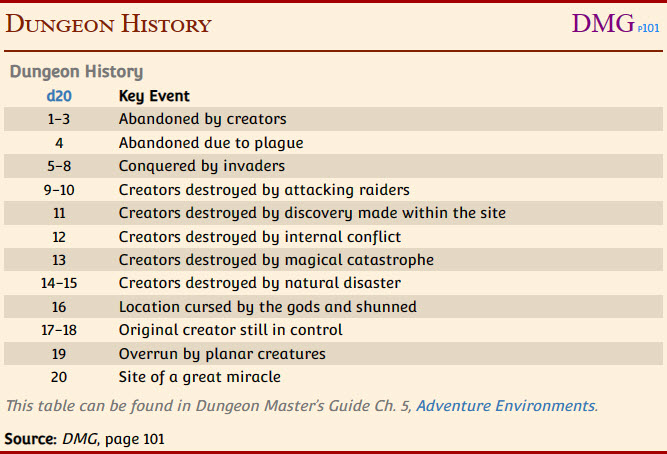
Architectural Psychology
The personality and idiosyncrasies of the dungeon’s creator can shape its architecture in interesting ways. If the dungeon was designed by a maniacal wizard, it might have rooms filled with magical traps and puzzles that can only be solved by applying arcane logic. On the other hand, if the dungeon was an abandoned military outpost, its design would be practical, focused on defensibility and strategic movements. The style of the dungeon reflects the creator’s mindset, making it an architectural manifestation of their personality, quirks, and preferences.
Division of Space
Another essential consideration is how the dungeon’s space is divided. Are there multiple levels or is it spread across a single, expansive plane? How does one level connect to another? Is there a grand chamber that acts as a central hub for the dungeon? These decisions will not only affect the dungeon’s layout but will also impact the player’s experience as they navigate through it. Some dungeons are designed like a web, offering multiple routes to the end, while others may be more linear, with a single critical path that players must follow.
Items Found in a Dungeon (400 item suggestions)
[table id=4 /]
Utility and Function
A dungeon isn’t just a pile of stones; it’s a functional space, and considering the utility of each room is critical. Did this room serve as a prison, a storeroom, or perhaps an ancient laboratory? The utility can dictate the room’s size, the objects and artifacts that adventurers might find, and the types of creatures that inhabit it. For instance, it would be logical for the armory to be near the barracks in a military dungeon. It would make sense for a treasure room to have the most formidable traps.
The Narrative Thread
What is a dungeon without its stories? Each room could be a chapter in a grand tale. Whether it’s a mysterious message scrawled on the walls or a seemingly ordinary room hiding a terrible secret, narrative elements can enrich your dungeon manifold. You can drop subtle clues or narrative hooks that make the players keen to explore every corner. These could be fragments of lore that come together to form a complete story by the end of the dungeon, or a sub-plot that adds emotional weight to the dungeon-crawl experience.
Dynamic Environments
In a world dominated by magic, divine entities, and otherworldly forces, dungeons need not be static. Rooms can change shape, walls can have minds of their own, and traps could reset themselves. Introducing dynamic elements keeps the players on their toes and makes revisiting areas an entirely new experience. Additionally, environmental factors like flooding chambers, shifting walls, or even a timed event that alters the dungeon can create a sense of urgency and excitement.
Dungeon Crawl Creator
Create your own dungeon with Dungeon Crawl Creator.
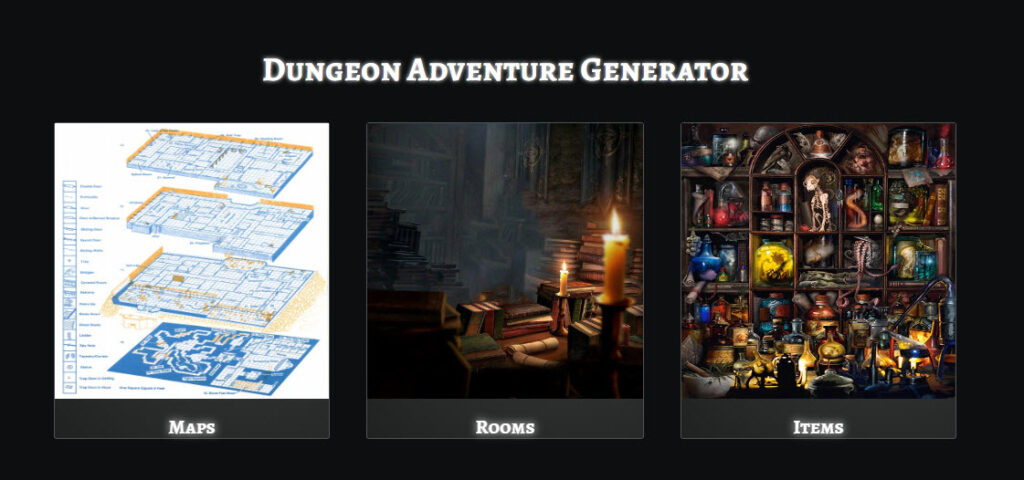
Player Agency
A well-designed dungeon allows players to make meaningful choices. Whether it’s deciding between taking the well-lit corridor or the dark, ominous pathway, the freedom to choose adds to the excitement. Multiple pathways to reach the goal, hidden rooms that can only be discovered through careful exploration, or challenges that can be approached in various ways empower players, making their choices and actions genuinely impactful.
The Element of Surprise
Monotony is the bane of excitement. If players can predict what’s around the next corner, the thrill diminishes. Incorporate the element of surprise to keep adventurers guessing. This can be achieved by defying dungeon tropes occasionally. For instance, not every treasure chest needs to be trapped, and not every monster has to be hostile. The element of surprise can also be enhanced through secret passages, unexpected allies, or sudden plot twists that alter the dungeon’s dynamics.
The Inhabitants
No dungeon is complete without its dwellers. Monsters, NPCs, and even flora can add layers of complexity. It’s crucial to align the inhabitants with the dungeon’s theme and purpose. For instance, an aquatic-themed dungeon could be filled with water-based creatures and sea monsters, while a dungeon situated in a forest might be inhabited by woodland creatures and plant-based life forms. Keep in mind that the inhabitants also have their own ecosystems, alliances, and conflicts, which can add an additional layer of depth.
Puzzles and Challenges
Combat may be the bread and butter of most RPGs, but it’s not the only way to challenge players. Puzzles, riddles, and intellectual challenges can provide a well-deserved break from combat, engage players in different ways, and offer rewards that can’t be obtained through brute force. Consider incorporating various types of challenges to cater to a diverse set of skills and abilities among the player characters.
Conclusion
Designing a dungeon is both an art and a science. It requires a careful blend of narrative elements, architectural considerations, and gameplay mechanics to create a memorable, engaging experience. From the purpose that underlies its very foundation to the intricate traps that guard its treasures, every element should be a harmonious part of a grander scheme. As a Dungeon Master, the world—nay, the dungeon—is your canvas. So, pick up your quill, don your architect’s hat, and let your imagination run wild.
Read more about 100s of Interesting Items Found in a Dungeon

